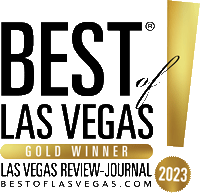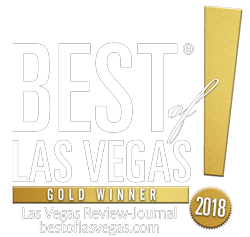#1 Platinum Buyer Las Vegas & Henderson
Nevada Coin Mart prides itself on being the LARGEST buyer of platinum in Las Vegas, Henderson, and the greater Las Vegas area. If you want to make money off your preloved platinum, we are the place to go for a fast and fair market assessment and instant cash on-the-spot.
What is Platinum?
Platinum is a non-toxic metal. It is malleable and ductile and has a melting point Moreover, it is precious, soft, silvery-white, and dense with a beautiful, lustrous sheen. This metal is typically grouped with five other platinum group metals (e.g., palladium, rhodium, osmium, iridium, and ruthenium) because of their similar properties and presence in the same mineral ores.
History of Platinum
Platinum got its name from the Spanish word platina (i.e., the diminuitive of plata) that means little silver. According to history, the use of platinum for various reasons such as jewelry making is as commonplace as gold and other metal types’.
Ancient Egypt
As early as 1200 BC, there were traces of platinum in the gold used in tombs in ancient Egypt according to archaeologists. For instance, decorated with gold-platinum hieroglyphics, a small box from burial of Shepenupet II was found. However, it is still unclear whether ancient Egyptians knew there actually used platinum or not because chances are they did not recognize there was platinum in their gold.
Pre-Columbian South America
Before Christopher Columbia reached the shores of the land to be called the New World, South American natives, the ones near the modern-day Esmeraldas, Ecuador, are said to have discovered platinum because they produced artifacts of a white gold-platinum alloy. The tradition of platinum-smith in a pre-Columbian South America is usually associated with the La Tolita Culture, but the precise date and location are quite difficult to give because most of the platinum artifacts from the area were not obtained by direct archaeological excavation but through antiquities trade.
European Discovery
As many Europeans ventured into the New World, many things were learned about platinum from their respective encounters with the peoples there. From the very first encounters of Spanish with platinum, it was generally seen as a kind of impurity in gold so was thrown away. At that time, there was even an official decree forbidding gold to be alloyed with platinum.
In 1557, the Italian humanist Julius Caesar Scaligern wrote the first European reference on platinum, in which he described the metal as an unknown noble one found in mins between Panama and Mexico and as something which neither fire nor any Spanish arts could melt yet.
In 1748, Antonio de Ulloa established the first mineralogy laboratory in Spain and of course, was the first to systematically study platinum after returning from Colombia and Peru and taking whitish metal nuggets home to Spain. In the historical account of his expedition, he described the metal as neither separable nor calcinable (i.e., able to be heated in high temperatures in air or oxygen).
In 1783, a French chemist named Francois Chabaneau discovered a method of producing workable platinum, which he patented, but the metal’s quality was still inconsistent from batch to batch.
Then, in the early 19th century, William H. Wallaston, an English chemist, developed a commercial process that produces pure platinum. As he further studied platinum ores, he discovered other metals belonging to the platinum group: osmium, iridium, rhodium, and palladium, which made Chabaneaus’ work so frustrating.
Platinum Purity
Because of its hardness and durability, platinum is often paired with other alloy metals to make it more malleable; the most common are copper, palladium, rhodium, iridium, and titanium.
Just like the karat-based measurement used to determine gold’s purity, hallmarks indicate the pure platinum, which is indicated by the letters PLT, PLAT, or PLATINUM etched on a jewelry piece and combined with a parts-per-thousand number (e.g., 900PLAT). Listed below are types of platinum-based on purity:
- A jewelry piece marked with 999PLAT has 99% pure platinum.
- One marked with 950PLAT is a blend of 95% pure platinum and 5% alloy metals (usually, ruthenium, copper, cobalt, iridium, rhodium, or palladium).
- One marked with 900PLAT consists of 90% pure platinum and 10% alloy metals (usually ruthenium or iridium).
- One marked with 850PLAT has 85% pure platinum while the remaining 15% are alloy metals.
Brilliance.com notes that stamping a jewelry piece with a hallmark is not government-mandated, but they do so to ensure a confident, informed jewelry shopping experience.
Price Quote of Platinum
As in most precious metals such as platinum, a troy ounce has been being specifically used in weighing and pricing such metals ever since the age of Roman Empire when currencies were valued in weight. This process was adopted in the British Empire where one pound sterling was worth one troy pound of silver while the US adopted such a process in 1828.
A troy ounce is about slightly heavier than an imperial ounce by 10%: an imperial ounce is equal to 28.35 grams while a troy ounce, 31.1 grams. Then, shown below are troy ounces converted into other measurements:
- Grams = 0.032151 troy ounces
- Kg = 32.150747 troy ounces
- Tonnes = 32,150,7466 troy ounces
- Tael (a weight measurement in China) = 1.203370 troy ounces
- Tola (a weight measurement in South Asia) = 0.374878 troy ounce
Ultimately, listed below are the spot prices (i.e., shown in the US dollar because it is considered a reserve currency) of platinum according to the metric system used:
- Per 1 kilogram, platinum costs 26524.37 USD.
- Per 1 ounce, platinum costs 751.96 USD.
- Per 1 gram, platinum costs 26.52 USD.
Who Buys Platinum in Las Vegas?
Nevada Coin Mart is the #1 Buyer of platinum in Las Vegas, Henderson, and even the entire state of Nevada. Pay us a visit, and you will be given fair market value for your valuable piece.
For many years, customers that would like to sell platinum in Las Vegas have come to us to ensure that they are well taken care of and to work with experts in this jewelry niche.


















